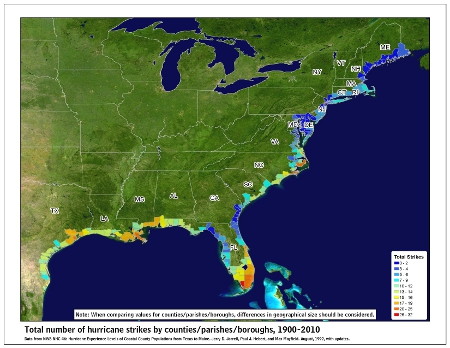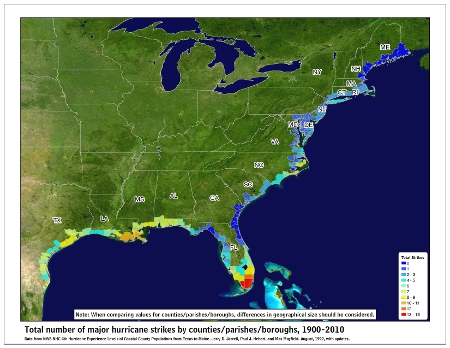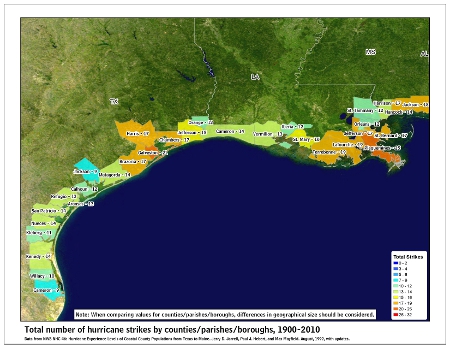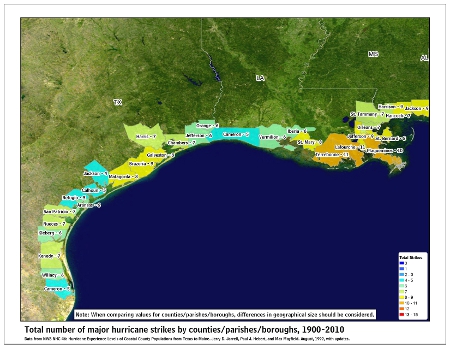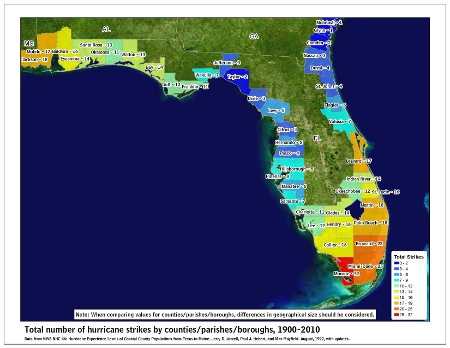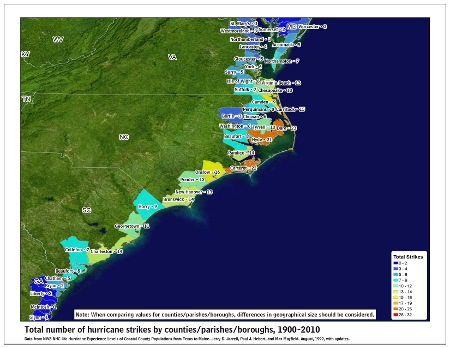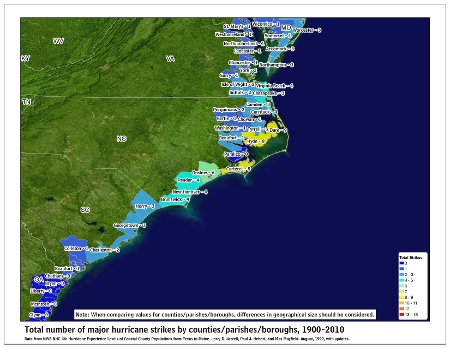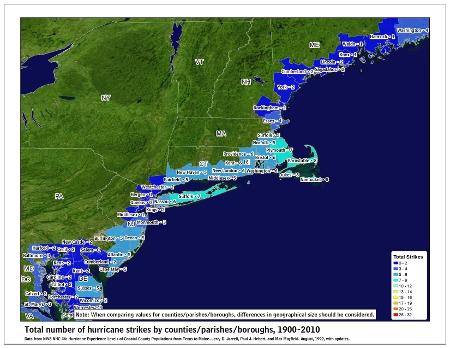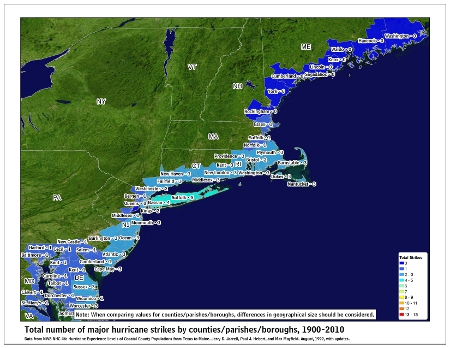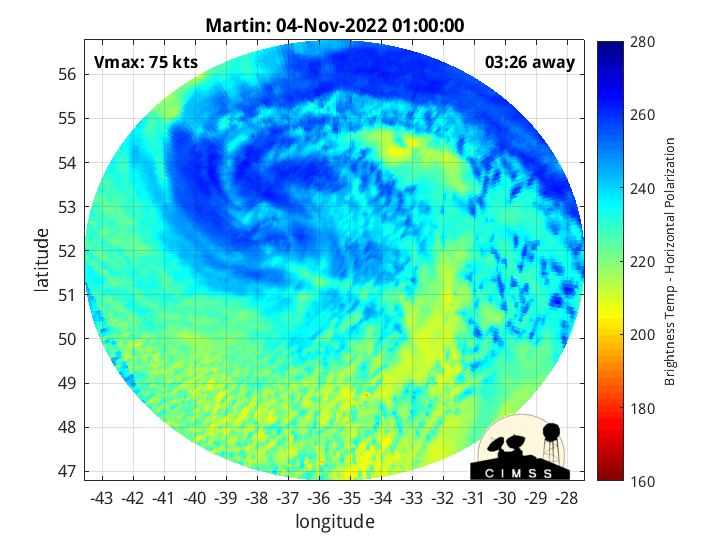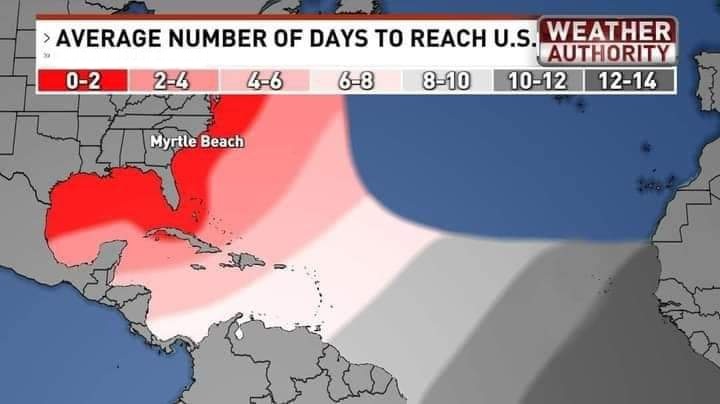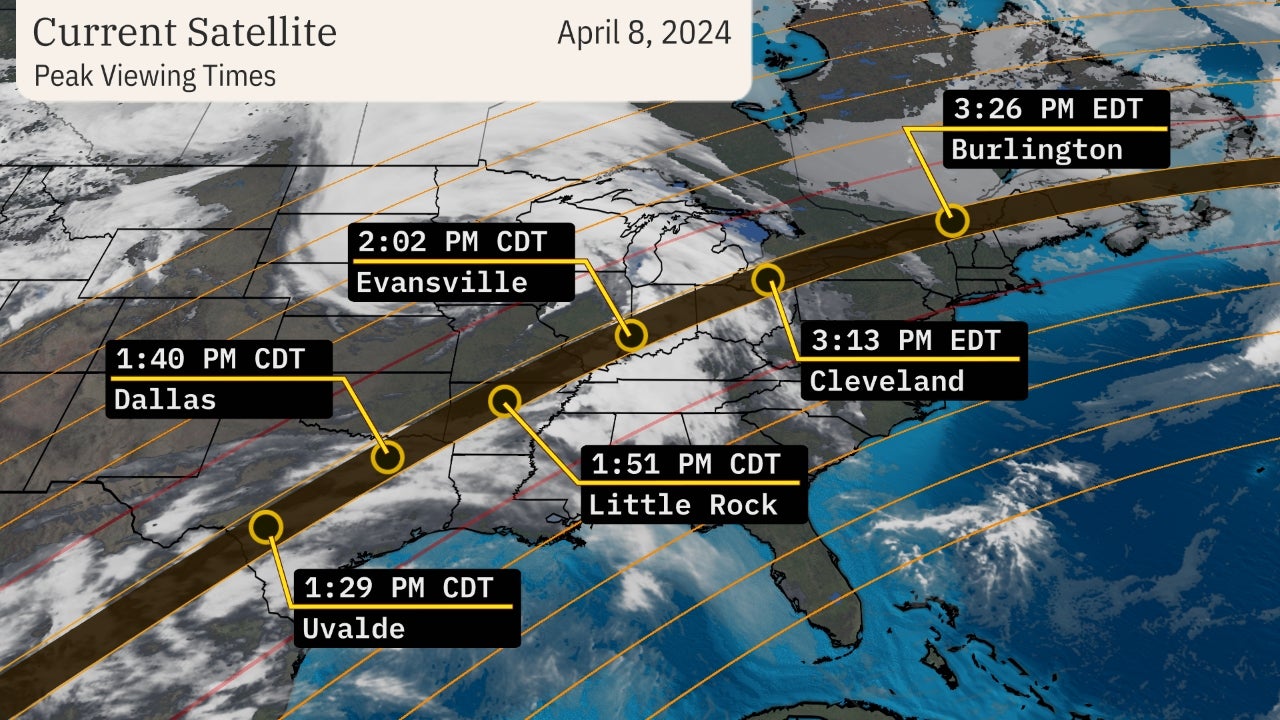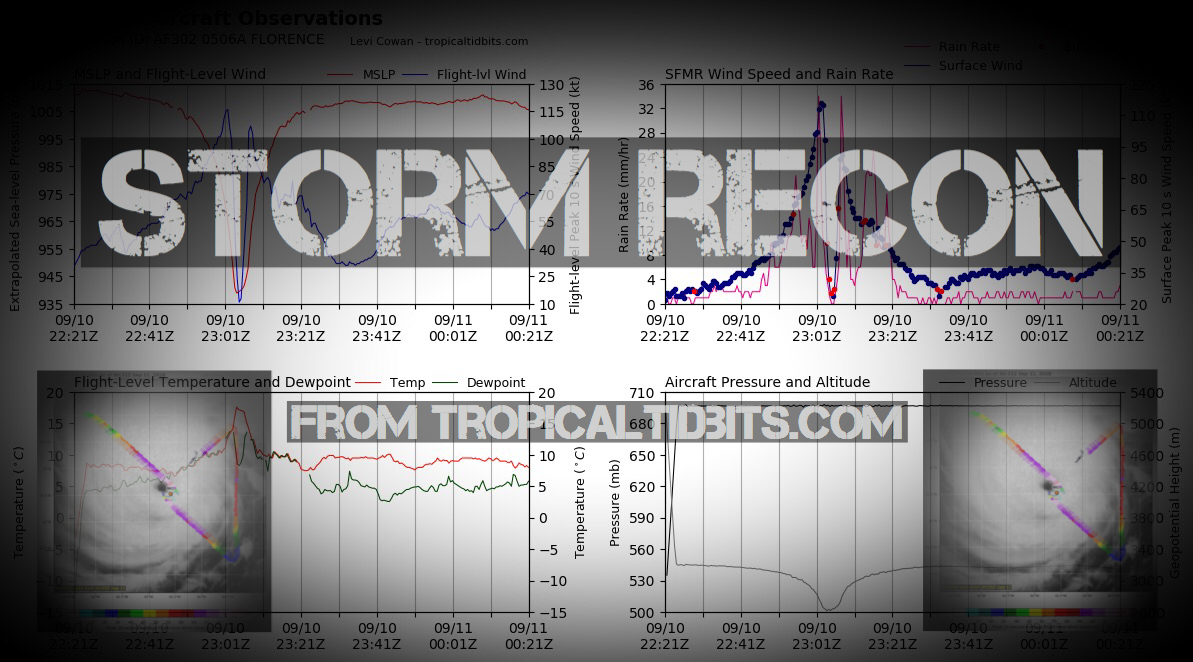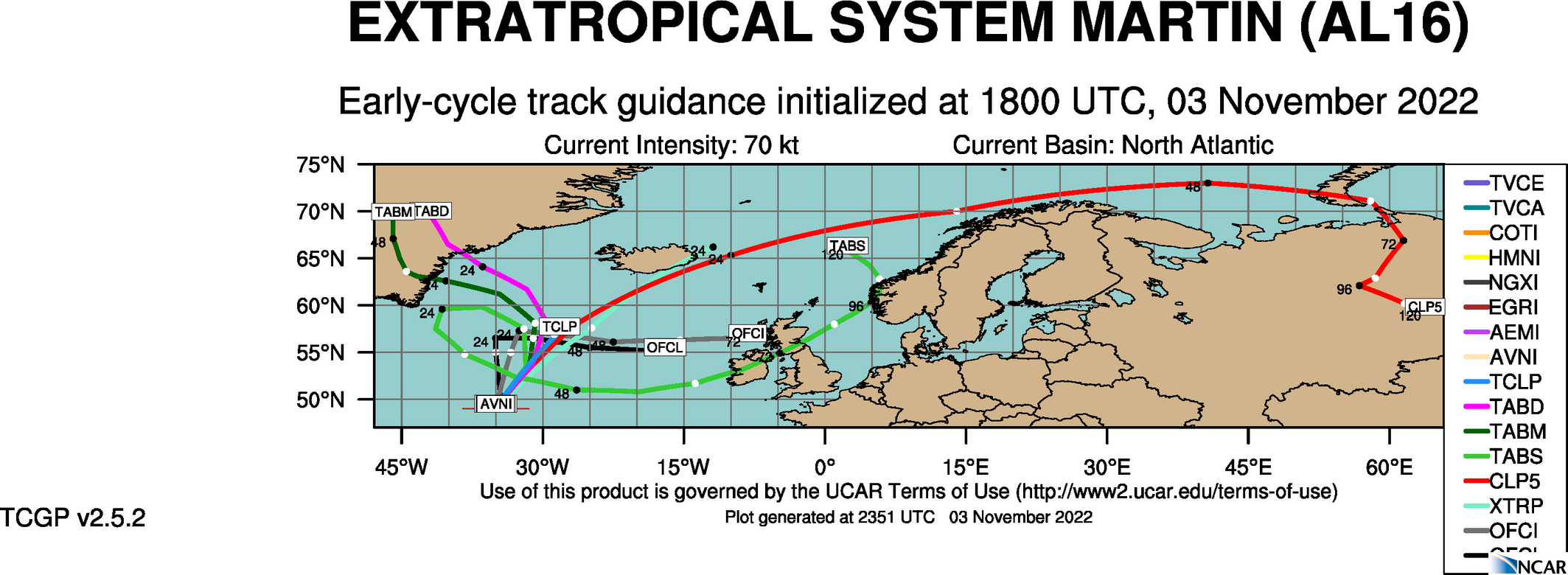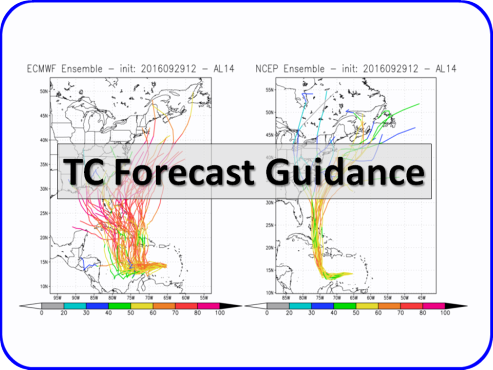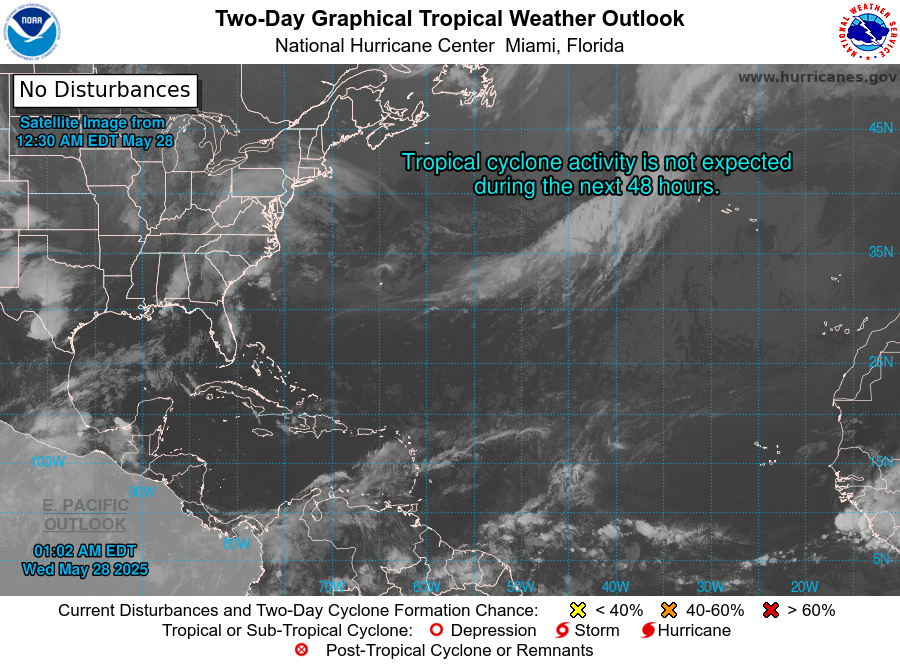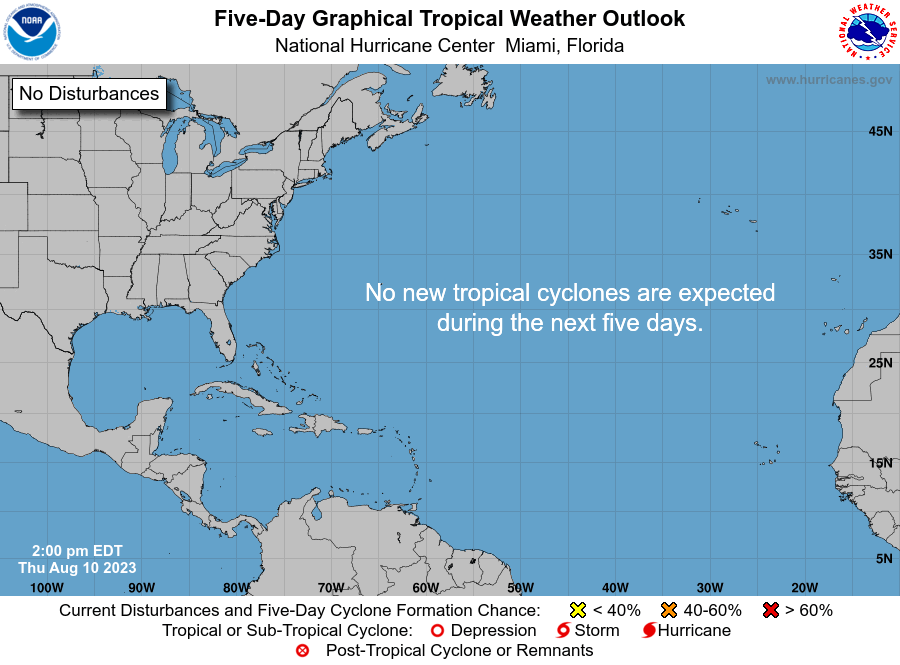NHC Important Links: NHC Discussion / Public Advisory / Forecast Advisory / Wind Probs / NWS Local Products / US Watch/Warning / Graphics / Storm Archive
Storm Tracking Important Links: Wind Analysis / Coastal Inundation Info / Tide Information / Surge Map / Surge Potential / Coastal Risk Map / Microwave Imagery / Advanced Dvorak ADT / GOES16 Satellite Storm Page / FSU Track Probability / NOAA Tracker / Albany Tracker / Navy NRL Page / HFIP Products / Tropical Atlantic Storm Page / NCAR Guidance Page / CyclonicWX Tracker / CIMSS Tracker / Tropical Tidbits Storm Page /UWM Tracker / SFWMD Models
Storm Tracking Important Links: Wind Analysis / Coastal Inundation Info / Tide Information / Surge Map / Surge Potential / Coastal Risk Map / Microwave Imagery / Advanced Dvorak ADT / GOES16 Satellite Storm Page / FSU Track Probability / NOAA Tracker / Albany Tracker / Navy NRL Page / HFIP Products / Tropical Atlantic Storm Page / NCAR Guidance Page / CyclonicWX Tracker / CIMSS Tracker / Tropical Tidbits Storm Page /UWM Tracker / SFWMD Models
WeatherNerds.org Floaters
Other Floater Sites:
TropicalTidbits - NRL Floaters - CyclonicWx - RAMMB Sat - RAMMB Model Data - RAMMB Wind Products

|

|

|

|
TropicalTidbits - NRL Floaters - CyclonicWx - RAMMB Sat - RAMMB Model Data - RAMMB Wind Products
- Tue, 22 Oct 2024 17:56:02 +0000: Atlantic Remnants Of Oscar Special Advisory Number 15 - Atlantic Remnants Of Oscar Special Advisory Number 15
000
WTNT31 KNHC 221755
TCPAT1
BULLETIN
Remnants Of Oscar Special Advisory Number 15
NWS National Hurricane Center Miami FL AL162024
200 PM EDT Tue Oct 22 2024
...OSCAR IS NO LONGER A TROPICAL CYCLONE...
...THIS IS THE LAST ADVISORY...
SUMMARY OF 200 PM EDT...1800 UTC...INFORMATION
----------------------------------------------
LOCATION...23.0N 74.0W
ABOUT 75 MI...115 KM ESE OF LONG ISLAND
MAXIMUM SUSTAINED WINDS...35 MPH...55 KM/H
PRESENT MOVEMENT...NE OR 40 DEGREES AT 12 MPH...19 KM/H
MINIMUM CENTRAL PRESSURE...1007 MB...29.74 INCHES
WATCHES AND WARNINGS
--------------------
CHANGES WITH THIS ADVISORY:
The government of the Bahamas has discontinued the Tropical Storm
Warning for the Southeastern Bahamas.
SUMMARY OF WATCHES AND WARNINGS IN EFFECT:
There are no coastal watches or warnings in effect.
DISCUSSION AND OUTLOOK
----------------------
At 200 PM EDT (1800 UTC), the remnants of Oscar were located near
latitude 23.0 North, longitude 74.0 West. The remnants are moving
toward the northeast near 12 mph (19 km/h) and this general motion
is expected to continue through tonight.
Maximum sustained winds are near 35 mph (55 km/h) with higher gusts.
The estimated minimum central pressure is 1007 mb (29.74 inches).
HAZARDS AFFECTING LAND
----------------------
None.
NEXT ADVISORY
-------------
This is the last public advisory issued by the National Hurricane
Center on this system. Additional information on this system can be
found in High Seas Forecasts issued by the National Weather Service,
under AWIPS header NFDHSFAT1, WMO header FZNT01 KWBC, and online at
ocean.weather.gov/shtml/NFDHSFAT1.php
$$
Forecaster Pasch
- Tue, 22 Oct 2024 17:55:31 +0000: Atlantic Remnants of OSCAR Special Forecast/Adviso... - Atlantic Remnants of OSCAR Special Forecast/Advisory Number 15 NWS NATIONAL Hurricane CENTER MIAMI FL AL162024 1800 UTC TUE OCT 22 2024 REMNANTS OF CENTER LOCATED NEAR 23.0N 74.0W AT 22/1800Z POSITION ACCURATE WITHIN 50 NM PRESENT MOVEMENT TOWARD THE NORTHEAST OR 40 DEGREES AT 10 KT ESTIMATED MINIMUM CENTRAL PRESSURE 1007 MB MAX SUSTAINED WINDS 30 KT WITH GUSTS TO 40 KT. WINDS AND SEAS VARY GREATLY IN EACH QUADRANT. RADII IN NAUTICAL MILES ARE THE LARGEST RADII EXPECTED ANYWHERE IN THAT QUADRANT. REPEAT...CENTER LOCATED NEAR 23.0N 74.0W AT 22/1800Z AT 22/1200Z CENTER WAS LOCATED NEAR 22.7N 74.6W FORECAST VALID 23/0000Z...DISSIPATED REQUEST FOR 3 HOURLY SHIP REPORTS WITHIN 300 MILES OF 23.0N 74.0W THIS IS THE LAST FORECAST/Advisory ISSUED BY THE NATIONAL HURRICANE CENTER ON THIS SYSTEM. ADDITIONAL INFORMATION ON THIS SYSTEM CAN BE FOUND IN HIGH SEAS FORECASTS ISSUED BY THE NATIONAL WEATHER SERVICE...UNDER AWIPS HEADER NFDHSFAT1 AND WMO HEADER FZNT01 KWBC. $$ FORECASTER PASCH
000
WTNT21 KNHC 221755
TCMAT1
REMNANTS OF OSCAR SPECIAL FORECAST/ADVISORY NUMBER 15
NWS NATIONAL HURRICANE CENTER MIAMI FL AL162024
1800 UTC TUE OCT 22 2024
REMNANTS OF CENTER LOCATED NEAR 23.0N 74.0W AT 22/1800Z
POSITION ACCURATE WITHIN 50 NM
PRESENT MOVEMENT TOWARD THE NORTHEAST OR 40 DEGREES AT 10 KT
ESTIMATED MINIMUM CENTRAL PRESSURE 1007 MB
MAX SUSTAINED WINDS 30 KT WITH GUSTS TO 40 KT.
WINDS AND SEAS VARY GREATLY IN EACH QUADRANT. RADII IN NAUTICAL
MILES ARE THE LARGEST RADII EXPECTED ANYWHERE IN THAT QUADRANT.
REPEAT...CENTER LOCATED NEAR 23.0N 74.0W AT 22/1800Z
AT 22/1200Z CENTER WAS LOCATED NEAR 22.7N 74.6W
FORECAST VALID 23/0000Z...DISSIPATED
REQUEST FOR 3 HOURLY SHIP REPORTS WITHIN 300 MILES OF 23.0N 74.0W
THIS IS THE LAST FORECAST/ADVISORY ISSUED BY THE NATIONAL HURRICANE
CENTER ON THIS SYSTEM. ADDITIONAL INFORMATION ON THIS SYSTEM CAN BE
FOUND IN HIGH SEAS FORECASTS ISSUED BY THE NATIONAL WEATHER
SERVICE...UNDER AWIPS HEADER NFDHSFAT1 AND WMO HEADER FZNT01 KWBC.
$$
FORECASTER PASCH
- Tue, 22 Oct 2024 17:57:31 +0000: Atlantic Remnants Of Oscar Special Discussion Number 15 - Atlantic Remnants Of Oscar Special Discussion Number 15
000
WTNT41 KNHC 221757
TCDAT1
Remnants Of Oscar Special Discussion Number 15
NWS National Hurricane Center Miami FL AL162024
200 PM EDT Tue Oct 22 2024
Based on earlier aircraft reconnaissance observations, more recent
scatterometer data, high-resolution visible satellite images, and
surface synoptic observations, Oscar has degenerated into a broad
area of low pressure near the Bahamas. Therefore, this is the last
advisory on this system.
A new, but non-tropical, low pressure system will likely develop
farther to the north-northeast in a day or so. This low is expected
to absorb the remnants of Oscar.
Further information on the remnants of Oscar and this new
non-tropical system can be found in High Seas Forecasts issued by
the National Weather Service, under AWIPS header NFDHSFAT1, WMO
header FZNT01 KWBC, and online at
ocean.weather.gov/shtml/NFDHSFAT1.php
FORECAST POSITIONS AND MAX WINDS
INIT 22/1800Z 23.0N 74.0W 30 KT 35 MPH
12H 23/0000Z ..DISSIPATED
$$
Forecaster Pasch
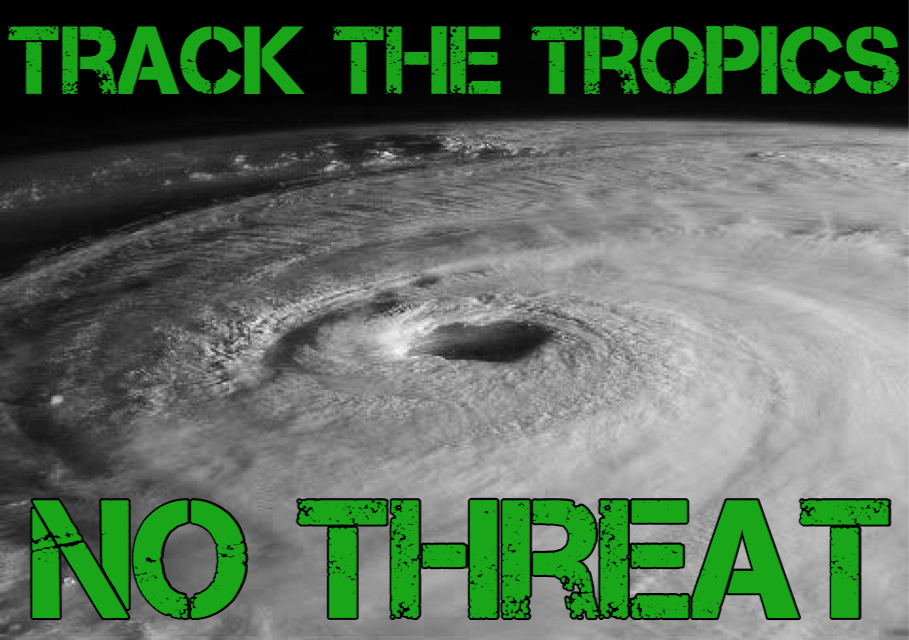
 DONATE
DONATE![[Map of 1950-2017 CONUS Hurricane Strikes]](http://www.nhc.noaa.gov/climo/images/conus_strikes_sm.jpg)
